My code is simple.
I have copied it off of the VBA example site: https://learn.microsoft.com/en-us/office/vba/api/office.filedialog
Additionally, every other variation I can find online has the same problem.
All I am attempting is to open a File Dialogbox (Similar to a file explorer) where a user can select a folder or files.
However, I carry on getting this error:
It then highlights this line of code:
Additionally, I have added references to Microsoft Office 16.0 Object Library, and everything I can think of:
How do I fix this or get this to Run?
Thank You
Here is the Code:
Sub Main()
'Declare a variable as a FileDialog object.
Dim fd As FileDialog
'Create a FileDialog object as a File Picker dialog box.
Set fd = Application.FileDialog(msoFileDialogFilePicker)
'Declare a variable to contain the path
'of each selected item. Even though the path is aString,
'the variable must be a Variant because For Each...Next
'routines only work with Variants and Objects.
Dim vrtSelectedItem As Variant
'Use a With...End With block to reference the FileDialog object.
With fd
'Use the Show method to display the File Picker dialog box and return the user's action.
'The user pressed the button.
If .Show = -1 Then
'Step through each string in the FileDialogSelectedItems collection.
For Each vrtSelectedItem In .SelectedItems
'vrtSelectedItem is aString that contains the path of each selected item.
'You can use any file I/O functions that you want to work with this path.
'This example displays the path in a message box.
MsgBox "The path is: " & vrtSelectedItem
Next vrtSelectedItem
'The user pressed Cancel.
Else
End If
End With
'Set the object variable to Nothing.
Set fd = Nothing
End Sub



